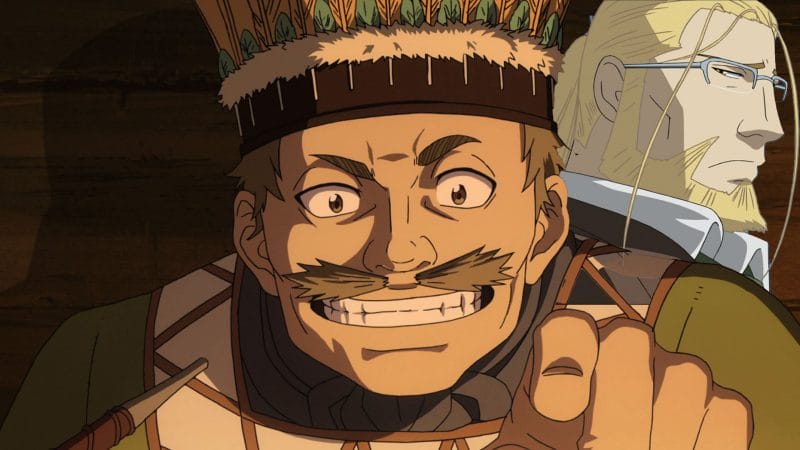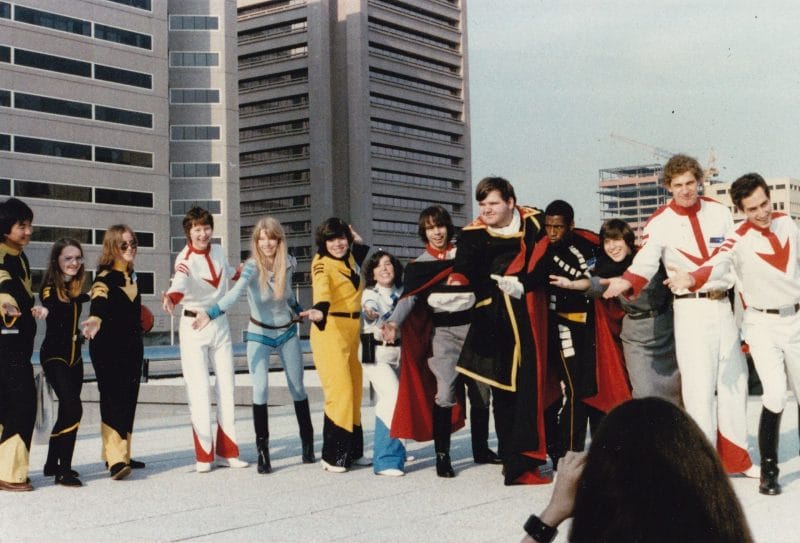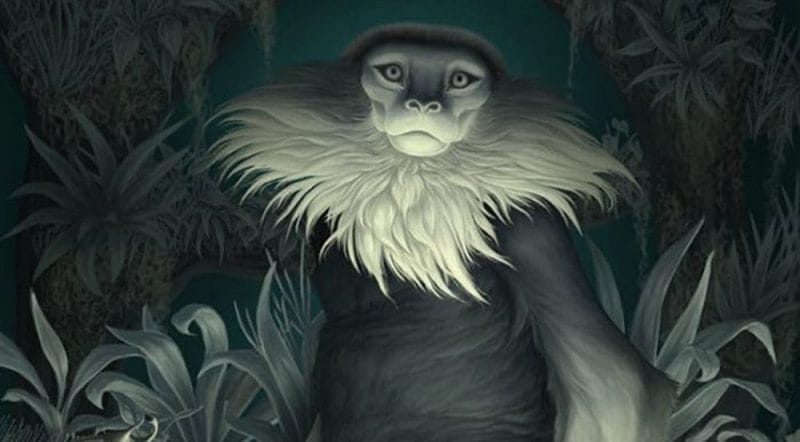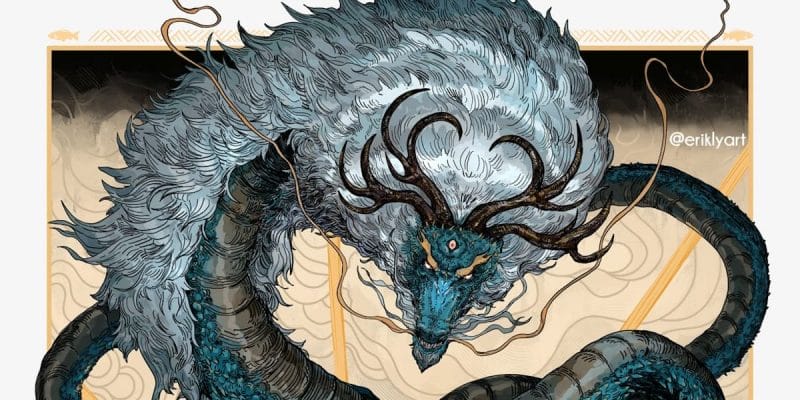Interview With Hirokatsu Kihara
Location: Anime Boston 2018
Interview Date: 3/30/2018
Before the interview began, I noticed Kihara outside looking at the Japanese Hip-Hop panel. I began our interview by asking if he wanted to talk about his time at Ghibli, his work in Japanese horror, or Japanese Hip-Hop (or Japanese Horror/Hip Hop via Charasma.com). He laughed and said that we could start with Winchester.
The real life Winchester House is an officially recognized California historical landmark. As for the movie, it’s strangely relevant right now, as the Winchester family is haunted by the victims of gun violence. Simon Abrams (via Roger Ebert) liked the film, but it didn’t do with the critics overall. You can’t win ‘em all, Helen Mirren.
“I’ve been to the Winchester House.” -Hirokatsu Kihara
Kihara is an accomplished ghost hunter, as well as a prolific horror novelist. However, he wanted to share some of his frustrations with the Japanese horror film industry. Kihara explained that he had been pushing for a traditional Japanese horror movie in the vein of Paranormal Activity. It frustrated him that America beat Japan to the punch. That said, even more frustrating was the fact that he had written a book one year in advance of the Blair Witch Project telling the same “stationary point of view” style of story.
Kihara wanted to note that ghost stories aren’t necessarily horror. While some, like The Ring or The Grudge are, Japanese ghost stories often lack the blood or violence we’ve come to expect in America. You can check out some of Kihara’s work via his website.
At this point, Kihara wanted to switch gears to his time at Ghibli. Let me first apologize, as I will not be able to show you the images Kihara showed me. As it was explained to me, Kihara has the right to possess the pictures and images he saved from Ghibli, but not the right to display them on the internet. Since no one wants to get emails from dour Japanese attorneys, I’ll simply have to write about the images Kihara rescued.
Kihara worked on Castle in the Sky, My Neighbor Totoro, and Kiki’s Delivery Service. Miyazaki himself was impressed with Kihara’s work on Castle in the Sky, so he promoted Kihara up to production assistant.
“It was a happy time for me. I got to watch Miyazaki create movies from scratch.” -Hirokatsu Kihara
Specifically, Kihara was a production manager, and anything that was going to get discarded had to go through him. As Kihara oversaw the entire process, he had the ability to rescue anything he felt should be preserved for history from being condemned to the trash. This included:
- Miyazaki’s original character designs
- Rough sketches
- The first design of the company logo
- The first character designs for My Neighbor Totoro and Kiki’s Delivery Service
- Stills and cels from the films
“Normally, all of this is discarded after the film is made.” -Hirokatsu Kihara
I was slack-jawed at the original sketch of the logo. It’s pretty much exactly what Ghibli went with, and I’m amazed that such things were meant for the discard pile. Then again, I guess a studio like Ghibli creates a ton of rough drafts and can’t possibly store them all.
Kihara ended up bringing a staggering amount of these images and drafts to Boston:
“I’ll do anything for the people who love these works.” -Hirokatsu Kihara
He wasn’t kidding. Included in his book are some of the unused storyboards from My Neighbor Totoro.
“No other copies exist.” -Hirokatsu Kihara
Perhaps the coolest thing (beyond even the logo), was the twelve image series of the Catbus. As Kihara explained it to me, Miyazaki drew the first image, and then had the artist team draw the other eleven to complete the cycle of the Catbus in motion.
While he hasn’t been directly involved with Ghibli for many years, Kihara had some thoughts about the evolution of the industry. He showed me cells from Castle in the Sky: one with a black background, the other white. Each had a slightly different shade of green.
“It’s much simpler with CGI. We had to draw everything with different colors from scratch. Now you just touch a pixel and ‘click’.” -Hirokatsu Kihara
The particular image Kihara showed me was right when Laputa was revealing her necklace, so it was an important scene to get right.
“The main reason I’m here is to talk about hand-drawn animation.” -Hirokatsu Kihara
As for a potential return to the animation industry:
“If Disney or Pixar ask, I’d say yes. I’m not sure I’d want to return to the domestic animation industry.” -Hirokatsu Kihara
“Perhaps I’m an underdog like Rocky, and I’m the key to Disney’s dream.” -Hirokatsu Kihara
(Editor’s Note: According to my notes, someone was humming Gonna Fly Now, the Rocky theme, but I have no idea who.)
I really can’t accurately express both how cool, and how @#$^%*& valuable Kihara’s book is. He noted that when he was on a panel, a fellow host said he was walking around with over 10 million yen (About $94,000 USD).

Finally, Kihara added that he promised to mention his voice-acting work as the minister of defense in DC Super Heroes vs. Eagle Talon.

Let me close with Kihara’s thoughts about Anime Boston:
“The people of Anime Boston are my friends.” -Hirokatsu Kihara
Likewise, Mr. Kihara. Special thanks to Hirokatsu Kihara for speaking with us. Special thanks to Akira Negi for interpreting. Thanks to Anime Boston for providing this opportunity.












